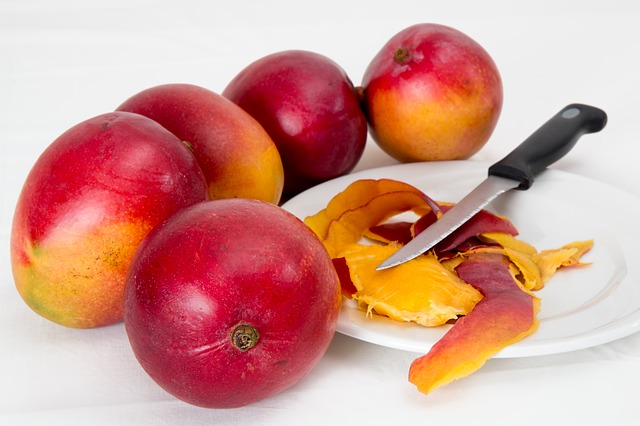There’s nothing like a sweet, juicy mango in the middle of summer. However, if you’ve ever bitten into an unripe mango, you know what a bummer it can be. Fortunately, there are some easy ways to determine the ripeness of this tropical fruit.
Judge the mango by its appearance
They say you shouldn’t judge a book by its cover, but in the case of mangoes, it’s okay. Take a look at the fruit and check to see if there are any small spots or speckles. This is usually a sign that the fruit has ripened and will yield a sweet taste. Just keep in mind that some varieties of mango don’t develop spots when ripe.
Another appearance-related indicator is around the stem. An unripe mango will have a flatter stem, and the area around the stem won’t be as plump. Once the fruit ripens, you’ll notice that it’s rounder and even the stem pops out a bit more.
One quick note about color. Since different varieties of mango have varying colors, this isn’t always the best indicator of its ripeness. Lots of mangoes will turn a red-orange color, but there are others that remain green even when mature.

Take a whiff of the mango
Besides appearance, you can give the fruit a smell test to determine its ripeness. Be sure to sniff around the stem, as this is the most aromatic part of the mango. If it’s mature, it will smell fruity and sweet, reminiscent of the flavor of mango.
If it smells bitter, sour, or alcoholic, leave it. It’s beyond its prime ripeness and is on its way to becoming rotten.
Squeeze the mango
Finally, take the mango in your hand and give it a gentle squeeze. Ripe mangoes will be on the softer side, but they won’t cave in from the pressure of your thumb and fingers.